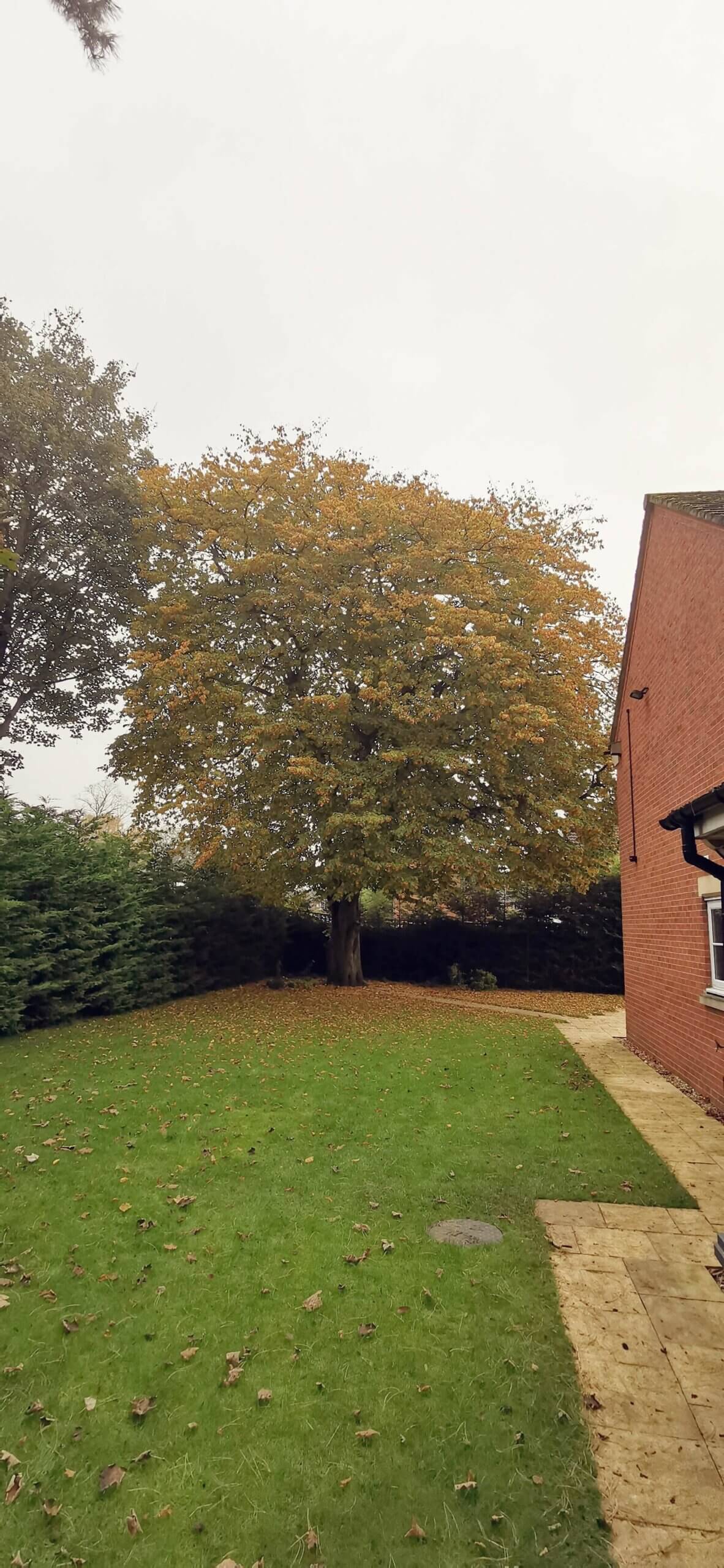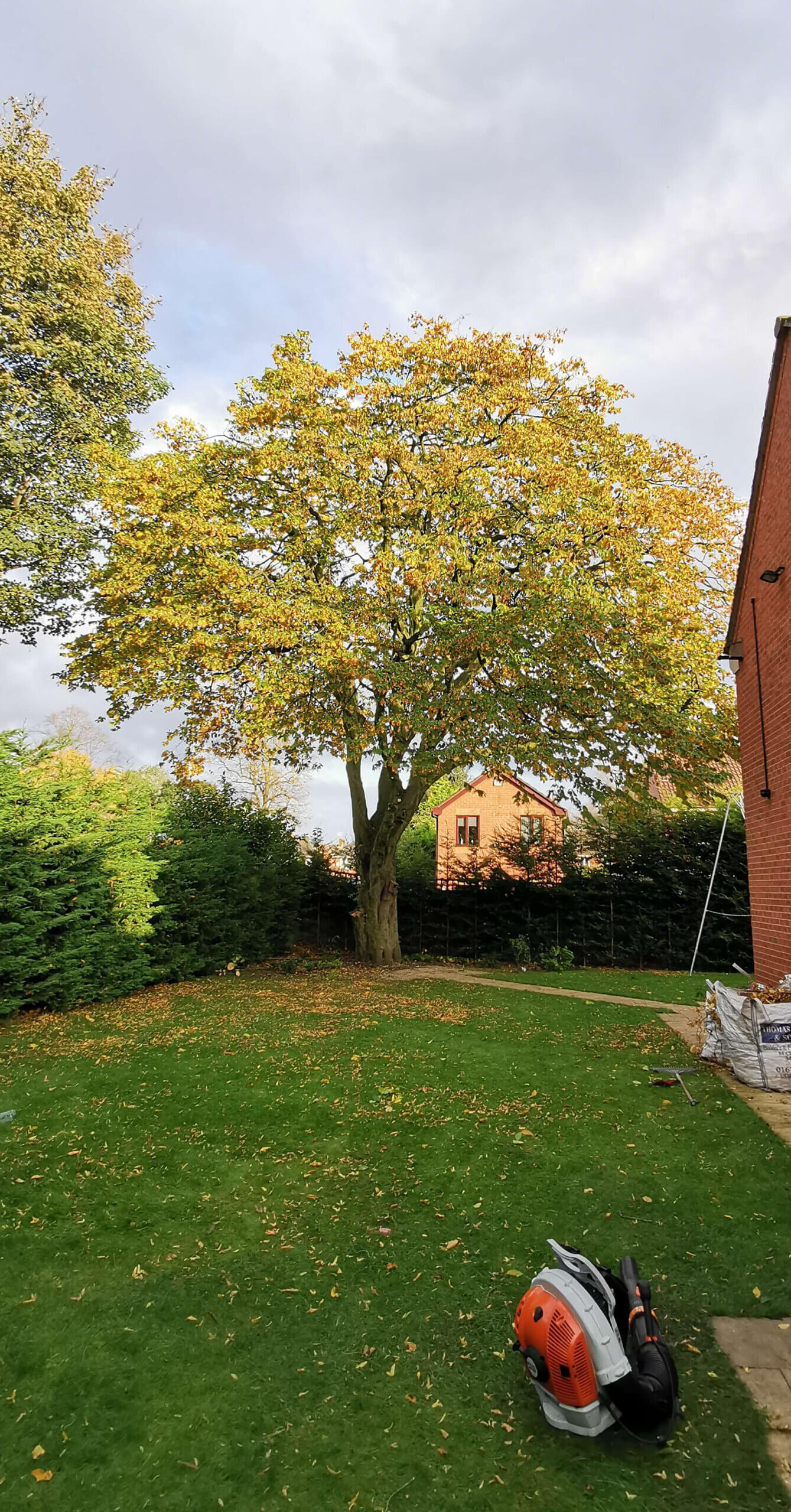When it comes to tree maintenance, it's essential to understand the different techniques involved to ensure the health and longevity of your trees. Crown reduction, crown thinning, and crown lifting are all standard practices used by arborists to shape and manage tree growth.
Crown reduction involves the selective removal or reduction of branches to reduce the overall size and weight of the tree's canopy. This is often done to alleviate stress on the tree and prevent branches from becoming hazardous.
Crown thinning, on the other hand, involves the removal of internal branches throughout the canopy to increase air circulation and sunlight penetration. This helps to improve the tree's overall health and appearance.
Crown lifting, meanwhile, focuses on removing the lower branches of the tree to provide clearance for buildings, vehicles, or pedestrians. By understanding the differences between these techniques, you can work with your arborist to determine the best course of action for your trees.


